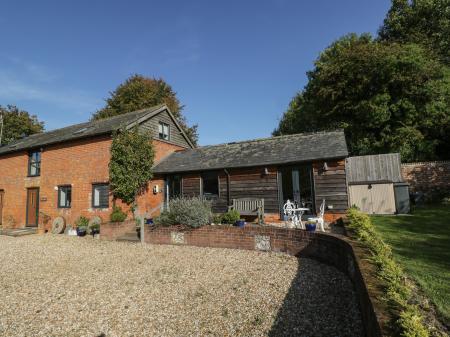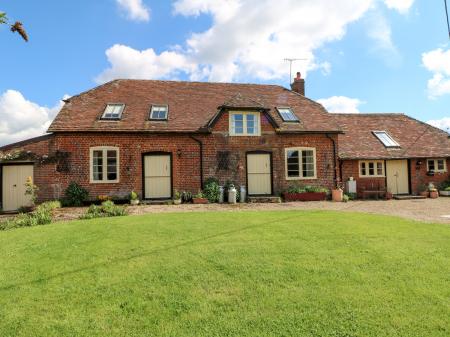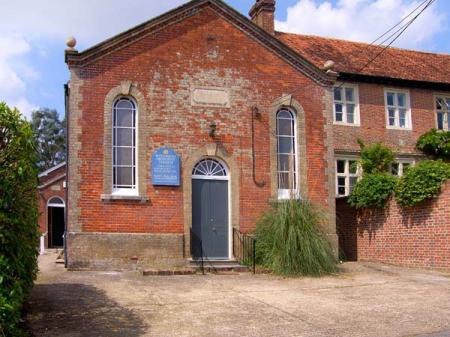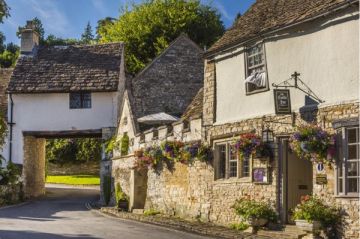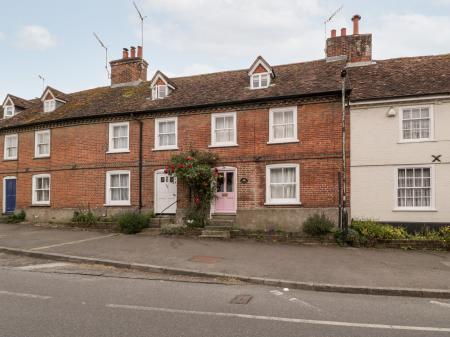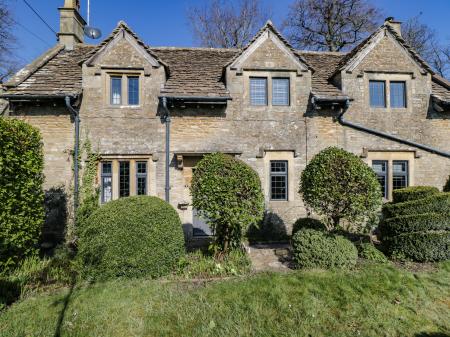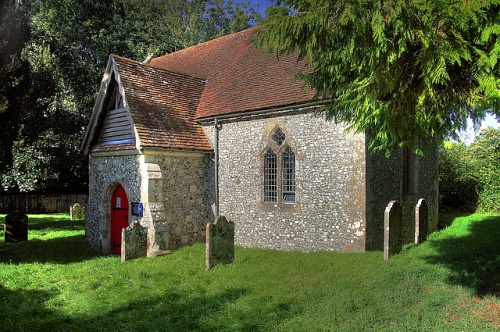
The chantry was established by Robert de Borbach in 1333. Borbach gave money for a priest to say daily prayers for his soul, and a list of nobles that included Edward I, Edward III, the Earl of Gloucester and Hereford and his wife, the Bishop of Salisbury, and members of the Ingham family.
The old parish church was torn down in 1868 and a new building erected nearby, but the chantry was preserved. Parts of the medieval church were moved to the new building, and some items were transferred to the chantry. Among the latter were a collection of 17th-century memorials to the Evelyn family of West Dean manor. These monuments form one of the finest collections of Jacobean memorials in any English parish church.
The earliest of the Evelyn tombs is an alabaster monument of 1627 to John Evelyn and his wife, with their eleven children kneeling on a frieze beneath them. The period costume is portrayed in great detail. A local tale says that all eleven children were born blind, but there is no historical record to back this up.
Nearby is another alabaster memorial, this time with a bust in marble, to Elizabeth Tirell, who died in childbirth in 1629. An equally poignant Jacobean monument is that of George Evelyn, who died only age 6 in 1641.
Perhaps the most imposing of the Evelyn monuments is the marble tomb of Robert Pierrpont, Earl of Kingston, who married into the Evelyn family. Pierrepoint's granddaughter, Lady Mary, eloped here in 1712 to marry Edward Monatagu.
Among the Evelyns remembered in the chapel is diarist and author John Evelyn. The Victorian restoration of the chantry was carried out by William Evelyn, a descendant of the Evelyns remembered here. The diarist and naturalist Gilbert White served as curate here for a brief period.
The chantry is in the care of the Churches Conservation Trust, it is generally locked but there is a keyholder nearby so access is not a problem. The Trust website recommend that you ring the keyholder first to ensure that you will be able to get the key.
 We've 'tagged' this attraction information to help you find related historic attractions and learn more about major time periods mentioned.
We've 'tagged' this attraction information to help you find related historic attractions and learn more about major time periods mentioned.